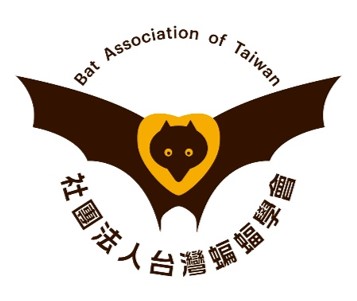蝙蝠研究
2007_台灣葉鼻蝠(Hipposideros armiger)回聲定位叫聲的避免干擾反應_李秉容
出版年份:2007
研究生:李秉容
分類:碩士論文
題目:台灣葉鼻蝠(Hipposideros armiger)回聲定位叫聲的避免干擾反應
Title:Jamming Avoidance Response in Echolocation Calls of the Formosan Leaf-nosed Bat (Hipposideros armiger)
摘要:
本研究旨在探討台灣葉鼻蝠(Hipposideros armiger)不同個體回聲定位叫聲頻率差異的配對組合,與避免干擾反應(jamming avoidance response)出現與否的關係。由於台灣葉鼻蝠的回聲定位叫聲為常頻/調頻型,回聲定位叫聲時間也較其他只使用調頻型叫聲的物種來得長,因此本研究檢驗的假說分為以下兩部份:
(1)與頻率有關的避免干擾反應假說:當兩隻個體回聲定位叫聲中,常頻型訊號的頻率,也就是峰值頻率的差異很小時,應該會出現避免干擾反應;但是若兩隻個體峰值頻率差異很大,就不會出現避免干擾反應。同時除了調控常頻型訊號的頻率外,也會調控回聲定位叫聲中調頻型訊號的部分。
(2)與叫聲時間有關的避免干擾反應假說:常頻/調頻型蝙蝠會藉由縮短叫聲時間,以減少同種出現時造成的干擾。
室內實驗結果顯示當兩隻個體使用的峰值頻率差異較小時,成對飛行時的確出現避免干擾反應,增加兩者之間峰值頻率的差異。但是當兩隻個體使用的峰值頻率差異很大時,反而會減少兩者之間峰值頻率的差異。在調頻型訊號的部份,成對飛行的個體則會增加最低頻率或頻寬的差異,同時使用較高的最低頻率及較寬的頻寬。在叫聲時間的實驗結果則符合研究假說,在成對飛行時會縮短叫聲時間。然而野外實驗的結果與室內實驗的結果並不完全符合,這可能與野外實驗無法區分成對飛行的個體成幼組成有關,或是由於野外錄音的部份無法完全確認單獨飛行叫聲是否真的是在個體單獨飛行的情形下錄到的。
Abstract:
This study focused on jamming avoidance response (JAR) in pairs of the Formosan leaf-nosed bats, Hipposideros armiger, with different echolocation call frequencies. H. armiger emits constant frequency/frequency modulated (CF/FM) echolocation calls with relatively longer call duration. Hypotheses tested in this study were (1) JAR in frequencies: if the difference in peak frequency (CF part) between two individuals is small, bats would show JAR. However, if the difference is large, bats would not show JAR. Furthermore, there would be some JAR in the FM part of H. armiger’s echolocation calls (2) JAR in duration: species emit CF/FM echolocation calls would also shorten duration when flying in pair.
Results showed that pairs with small peak frequency differences expanded peak frequency differences in laboratory. However, pairs with large peak frequency differences reduced peak frequency differences. H. armiger also increased differences in minimum frequency and bandwidth, and emitted echolocation calls with higher minimum frequency and wider bandwidth when they flew in pairs. They reduced call duration when they flew in pairs, just as the hypothesis had predicted. However, results in field study were not always consistent with that in laboratory. This may be due to that we could not distinguish the age of bats flying in pairs, or that the calls we defined as emitted when bats were flying alone may not recorded under such condition.
